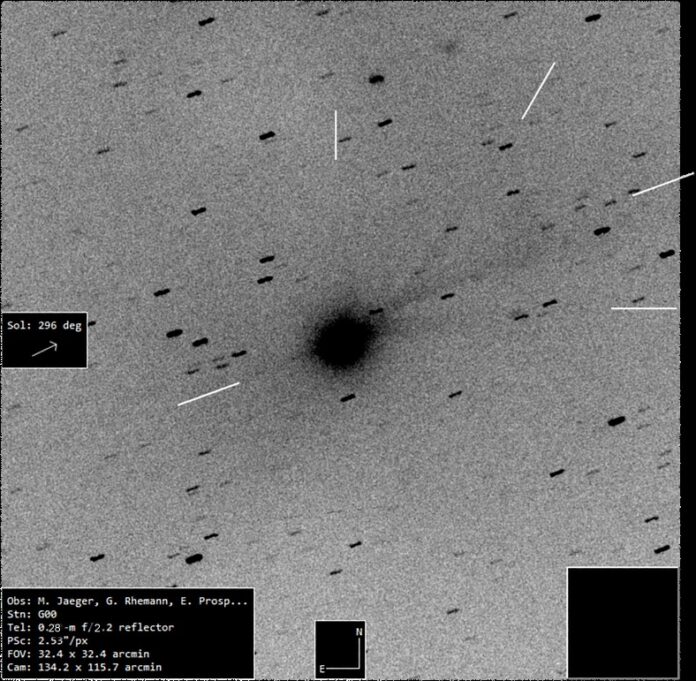
By Samuel A. Lopez | USA Herald
When Harvard astrophysicist Avi Loeb began studying the interstellar object 3I/ATLAS, he didn’t just describe it as another comet or asteroid passing through the solar system. He called it a messenger. That word choice has sparked a broader scientific conversation: if nature can send objects between stars, could humanity one day use similar means to send messages of our own across the galaxy?
Objects like 3I/ATLAS — the third known interstellar visitor detected after ‘Oumuamua (1I/2017 U1) and Borisov (2I/2019 Q4) — travel through interstellar space for millions of years before crossing into other star systems. They are not bound to the Sun, and their hyperbolic orbits prove they came from beyond. As Loeb and others have pointed out, such objects could serve as natural couriers of information, whether created intentionally or not.
In the case of 3I/ATLAS, Loeb’s analysis highlights several unusual features: its brightness variations, non-gravitational acceleration, and distinct anti-tail jet structure that doesn’t behave like ordinary comets. These same factors, he argues, are precisely what make it an ideal example of what an engineered messenger might look like if it were ever built.


